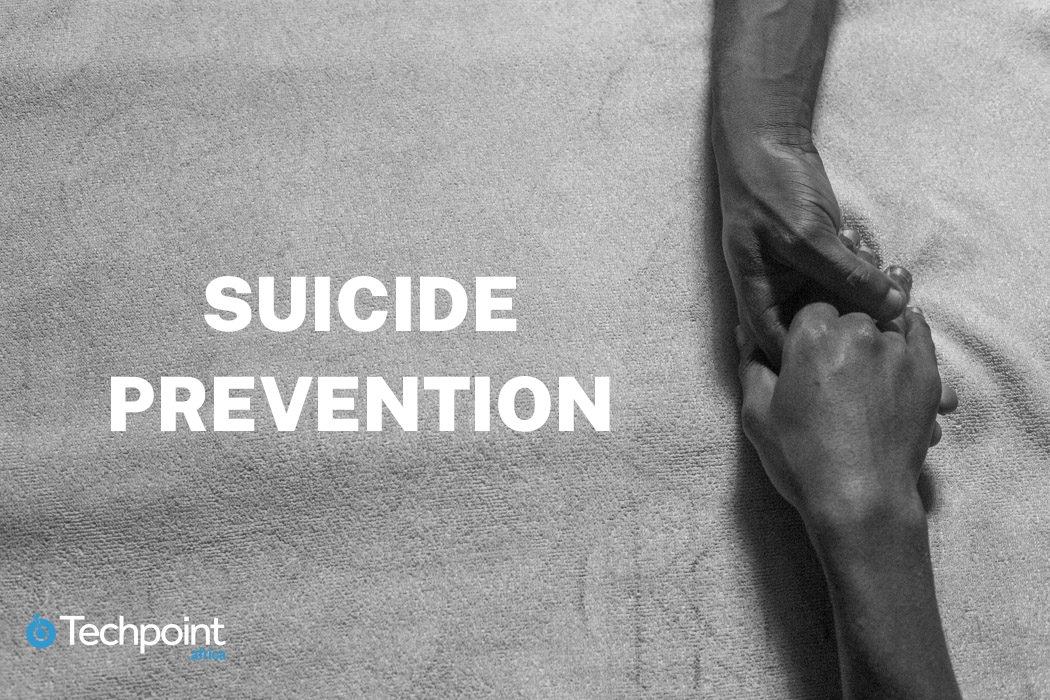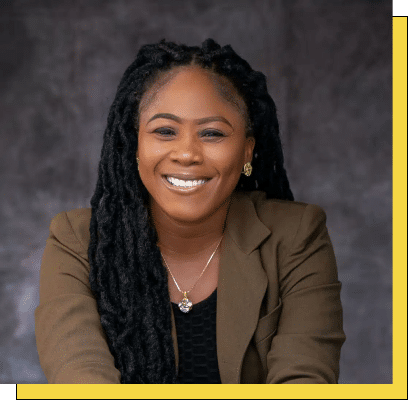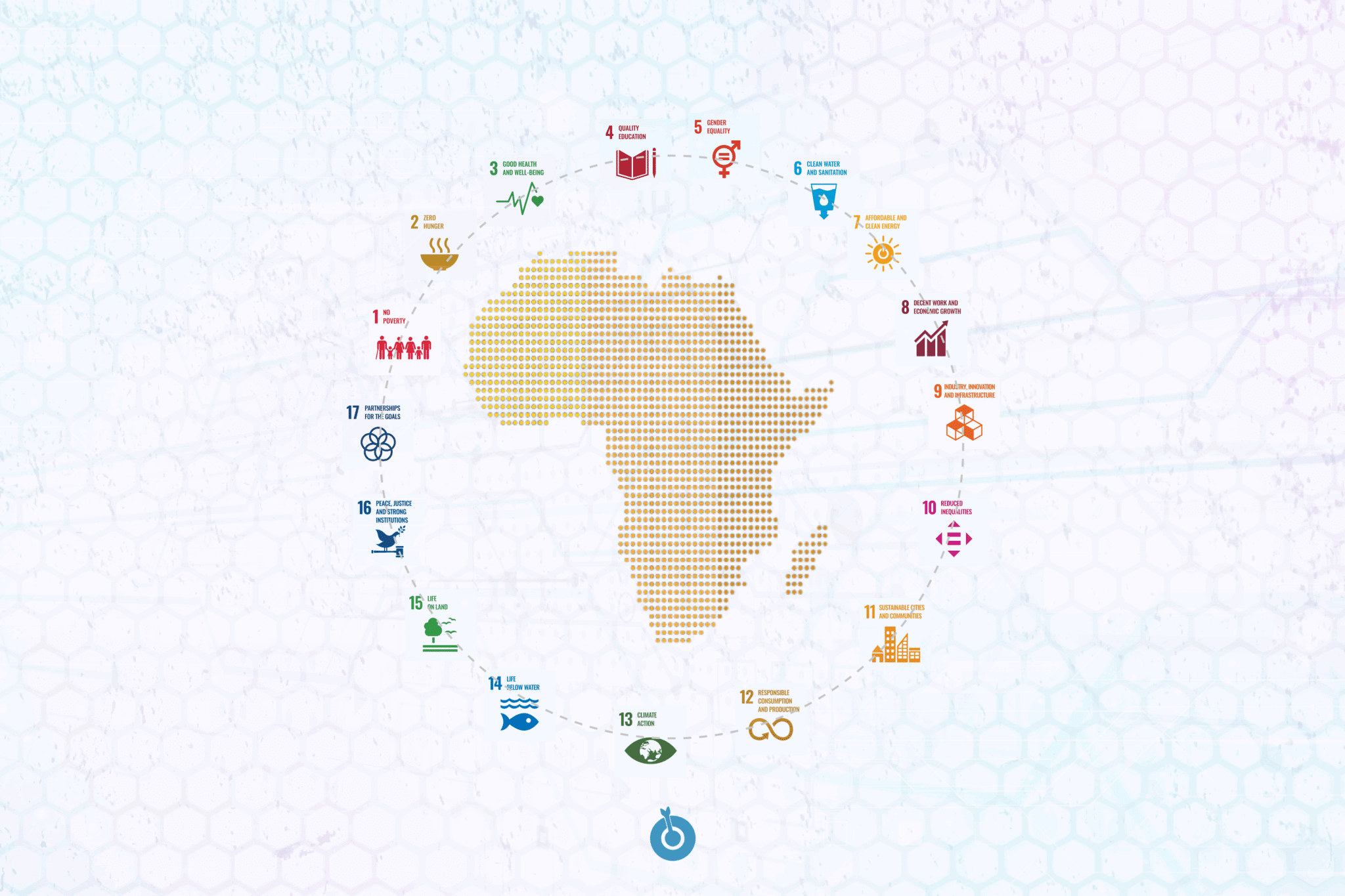Suicide. One word which Olu’s parents never thought would be associated with their family, let alone their beloved son.
Olu was a brilliant young chap in his third year at the University of Ibadan, Oyo State, Nigeria. He was such an even-tempered person, always smiling, rarely angry — a little moody at times, but not more than the average Joe.
In June 2021, his parents received word that their Olu had jumped from the third-storey of his faculty’s building. He had left a note explaining his surprising decision.
Olu lived only for his parents’ approval; he felt trapped, stuck in a rut, and sometimes like a boat at sea without a compass. Tola and Bayo, Olu’s parents, were devastated. They should have noticed, talked to him more, paid more attention to his sudden mood swings.
They both had the same thought: they could have prevented this.
The numbers
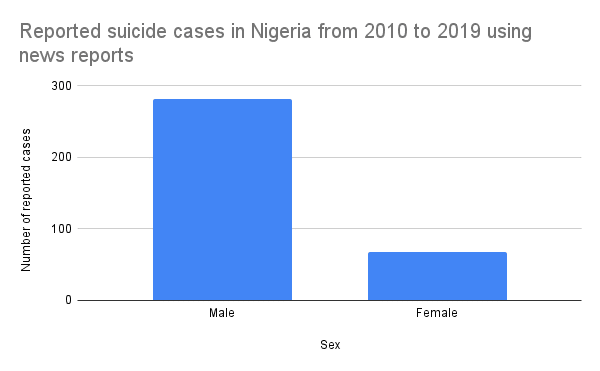
Every year, more than 700,000 people commit suicide; even more make unsuccessful attempts. According to the World Health Organization (WHO), over 77% of suicides happened in low or middle-income countries in 2019.
For example, a Suicide in Nigeria: observations from the content analysis of newspapers study carried out by Tosin Philip Oyetunji, S. M. Yasir Arafat, and others reveals that as of 2019, the country had a suicide estimate of 17.3 per 100,000, higher than the global (10.5 per 100,000) and Africa (12.0 per 100,000) estimates.
According to the researchers, 80.06% (282) of the 350 suicide reports were males who made up 51.8% (175) of the married subjects and 40.3% (132) of those who resided in semi-urban areas. However, younger women were more likely to commit suicide.
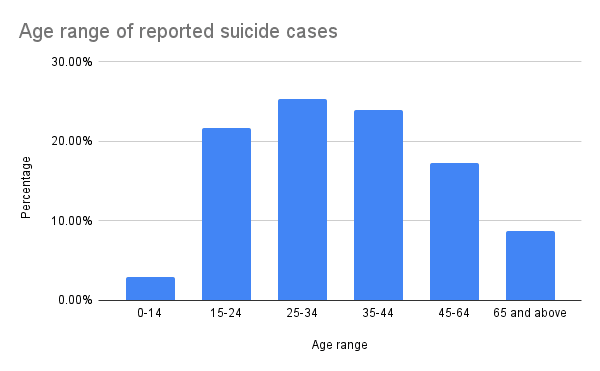
Amongst others, the reports revealed that 51.1% of people in the middle-income category and 33.6% of students committed suicide.
Every Friday, the Techpoint Africa team has informal discussions about the topic for the week.
For last week’s ritual, we discussed at length on suicide and its prevention. For many of us, the numbers from the WHO fact sheet were jarring, especially considering personal experiences with suicidal thoughts or suicide attempts — successful and unsuccessful — of close and distant persons.
As you read this article, you will find excerpts from this discussion. To preserve our privacy, each person will be referred with a letter.
The reasons
X recalls a suicide attempt by a close friend diagnosed with leukaemia and eventually lost his hearing. A brilliant student with great love for music, he became depressed and withdrawn. And X couldn’t understand why at first.
“I wasn’t really the emotional type of person. So, I was just like, ‘guy, dey normal.’”
Eventually, X’s friend stopped coming to school, and they lost contact. A fact X still regrets as he wasn’t really supportive and refused to talk about it.
Seun Dosunmu, Mental Health Advocate and initiator of the Save A Life Campaign, tells the story of a friend’s daughter who almost committed suicide because she failed her exams. She was afraid of facing her peers because she knew she would be mocked.
Fortunately, her parents noticed her behavioural changes and prevented her from going ahead.
Her story is indicative of a deeper problem.
According to WHO, “while the link between suicide and mental disorders (in particular, depression and alcohol use disorders) is well established in high-income countries, many suicides happen impulsively in moments of crisis with a breakdown in the ability to deal with life stresses, such as financial problems, relationship break-up or chronic pain and illness.
“In addition, experiencing conflict, disaster, violence, abuse, or loss and a sense of isolation are strongly associated with suicidal behaviour. Suicide rates are also high amongst vulnerable groups who experience discrimination, such as refugees and migrants; indigenous peoples; lesbian, gay, bisexual, transgender, intersex (LGBTI) persons; and prisoners. By far the strongest risk factor for suicide is a previous suicide attempt.”
One of the videos we discussed revealed that 45% of suicides were caused by brain chemical imbalances. In comparison, grief from romantic love accounted for 32% of suicides, and 10% was from financial/career failure. Other reasons include loss of hope and humiliation.
Dosunmu says abuse, ignorance, lack of self-awareness, and lack of support systems act as triggers.
“Ignorance in the sense that people don’t know certain things. They assume they know, but they don’t. They are not aware of the effect nonchalance, abuse, and stigma have. People say, how can you be depressed? How can you say you have social anxiety or mood swings, postpartum depression?”
At the heart of this lies the all-encompassing phrase: mental health
A solution?
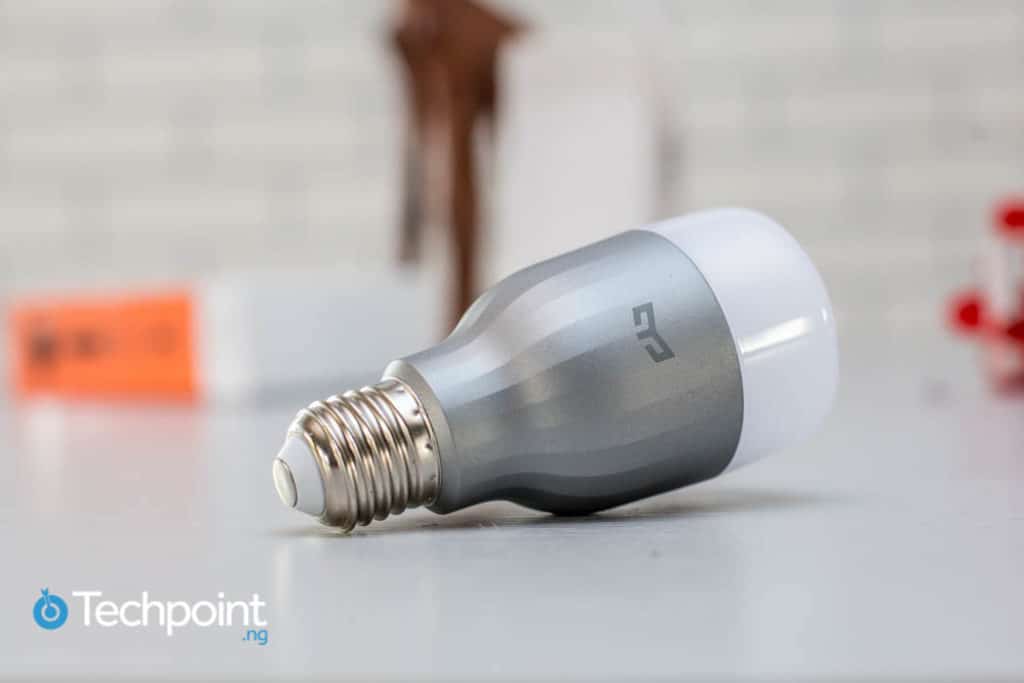
Mental health disorders are closely linked with suicide. As we explored in this article, while you might need to take a break from social media or go on a phone detox sometimes, there are still some ways tech is helping or can help.
From on-demand mental health startup, Shezlong, to online mental health application, Truthshare, an individual has access to helpful resources and professionals.
As part of this year’s SAL campaign, Dosunmu and his team have organised several online webinars, exercise meetups, and Instagram Live sessions to create awareness on the issue of suicide prevention.
WHO recommends a four-pronged LIVE LIFE intervention approach to suicide prevention:
Limit access to the means of suicide (e.g. pesticides, firearms, and certain medications). Interact with the media for responsible reporting of suicide. Foster socio-emotional life skills in adolescents early. Identify, assess, manage and follow up anyone who is affected by suicidal behaviours.
Because of the prevalence of suicides committed using Sniper, an insecticide, in 2019, Nigeria’s federal government banned the sale of the product. However, like a host of other African countries, Nigeria does not have a national suicide prevention strategy as recommended by WHO.
A national suicide prevention strategy would include WHO’s LIVE LIFE interventions and its pillars: situation analysis, multisectoral collaboration, awareness-raising and advocacy, capacity-building, financing, and surveillance, monitoring and evaluation.
Uganda, Mozambique, and Namibia are the only African countries that have national suicide prevention strategies.
At the end of our discussion, we all agreed that being less judgmental and more supportive is an excellent first step in suicide prevention. It would also help if parents were open and vulnerable when dealing with their children.
World Suicide Prevention Day
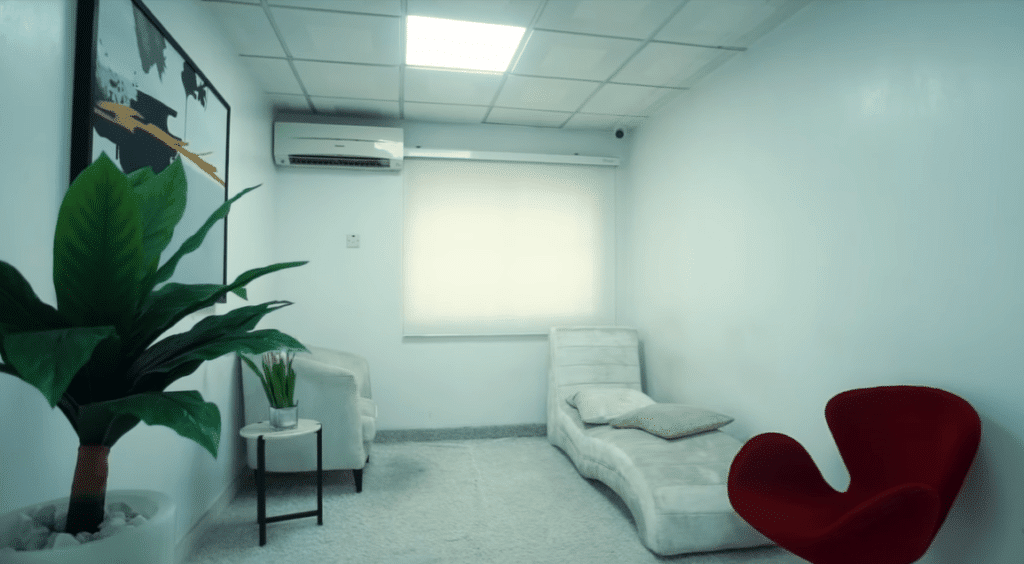
World Suicide Prevention Day is observed annually on September 10 to promote the global commitment to suicide prevention. We can prevent suicide by sharing our mental health stories, raising awareness, and taking action in our communities.
The first World Suicide Prevention Day was observed in 2003 after the International Association for Suicide Prevention created it. This year’s theme is “Creating hope through action.”
To do this, Dosumnu advocates that people begin to think and act differently as they react to people’s pains. He also implores people to be more emotionally sensitive and do more research on mental health matters.
He then proceeds to give an interesting solution: first-aid mental health responders.
By this, he means a sort of mental health ambassador in every industry. A person in tech, for instance, with knowledge of mental health disorders.
“Some people have that phobia of accessing psychiatrists. They don’t want to be thought of as having mental disorders.”
As we observe Suicide Prevention Month, let’s remember to treat people with kindness and be more thoughtful and emotionally sensitive. If you know anyone who is suicidal or is struggling with suicidal thoughts, you can call the number on this hotline or the Mental Awareness Nigeria Initiative hotline on 08091116264 or 08111680686.

